4.4 Have these schools
suffered from the government's introduction of 'Free Primary Education (2003)'
in terms of enrolment?
This section seeks to investigate the impact that Free Primary
Education has had on the enrolment of pupils in private schools of Kibera since
2003. Free Primary Education (FPE) was introduced in Kenya in the year 2003 by
the Government aided by International development partners. This initiative was
fulfilled by the government as part of the NARC's (National Rainbow Coalition)
election pledge in the general campaign of the year 2002. It set to abolish
fees and levies in the cost of basic education and to offer greater opportunity
to the population to have access to free educational training.
As part of this research, it was decided to carry out an
investigation on the enrolment number of pupils in the private schools before
and after 2003. The results show that many schools in Kibera are growing
increasingly in terms of pupils' enrolments. Some of these schools like
Dagoretti (school A) started in 1999 with a total of 45 pupils and this were
able to enrol up to 500 pupils. Another typical example is the Amaf School
started their activities in 2003, the year of the introduction of FPE with a
total of 15 pupils and which for this academic year have enrolled 600
pupils.
The general view as the figures below present is that the
private schools in the slum of Kibera seem to be doing relatively well in terms
of their pupil numbers despite the huge national campaign for Free Primary
Education. Therefore even though there is `free' government education on the
outskirts of Kibera, parents still choose to pay fees in private school.
Therefore if there is a rejection of the government system this needs to be
investigated. There
seem to be several reasons for this highlighted by this
research. As stated earlier, the 11 pupils out of the 25 in our research who
declared have been in public schools before attribute this failure to meet its
objectives by many factors. The quality of teaching, teacher's attention, and
congestion in the classrooms are for instance some of the key arguments that
brought back these pupils to the private schools in Kibera. To sum up, it would
seem that this research shows that even after the introduction of free primary
education in 2003 some parents still prefer to pay to send their children to
private schools. On the contrary, the figures from this study show an increase
in pupils' enrolments after the year 2003. In fact, one could assume that the
private educational system in Kibera is playing a leading role in providing
education to the population despite charging fees. Their cost however is very
limited and extremely competitive if compared to the cost that are charged for
uniforms, books, parents association and many others in government schools,
supposedly free.
Figure 10: First year
Enrolment
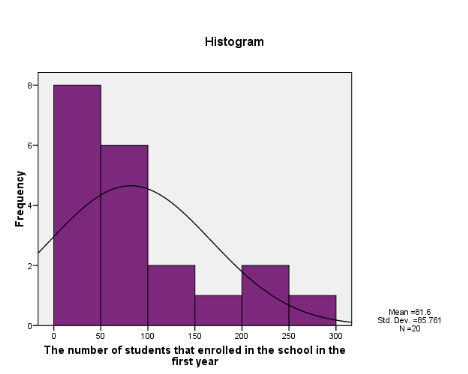
Figure 11: Current enrolments
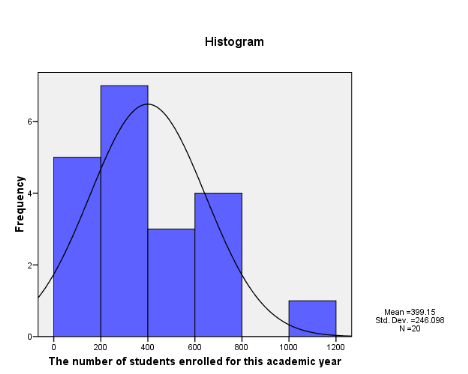
4.5What is the satisfaction level
of entrepreneur's investments as perceived by pupils and teachers?
One of the most important issues arising in any competitive
business is the satisfaction level expressed by the recipients of a given
product. Back to the field of education, all the people who part- take to the
functioning of the business, the investor himself excluded, are the target
people that can make a fundamental assessment of this satisfaction. For scale
purposes we had chosen to gather data from the pupils who are the direct target
audience for which the product is designed and delivered and the teachers whom
the investors use in selling the product to the latter. The findings will
therefore help to ascertain what is most appreciated and what is less desirable
from pupils and teachers points of view.
4.5.1 Pupil Satisfaction
The study used a sample of 25 pupils for testing the
satisfaction level, thus 5 students from five different private schools in
Kibera. Questions ranging from their satisfaction level on several issues were
asked to these children. Henceforth, the satisfaction questions included:
- The rate of their teacher's ability in their respective
subjects
- Teachers' punctuality for lessons
- Teachers' attendance at school
- Teachers attention/ fairness to students
- The rating of English lessons
- The discipline at the school
- The rating for extra curricula activities
- The state of the schools' buildings
- The school facilities (toilets, library, drinking water,
chairs, blackboard etc...)
We equally set to analyse the pupils' tests score on English,
Mathematics and Kiswahili, the local language. The information contained in the
test scores were used to make a correlation between the level of satisfaction
and the level of achievement in their respective institutions.
13 pupils out of 25 said the teachers' ability in their
subject was excellent and 12 said it was good. In addressing the teachers'
punctuality for lessons, 16 said it was excellent while 9 said it was good.
Teachers' attendance rate at school got a positive feedback as 20 pupils
thought it was excellent and 5 said it was rather good. Concerning their
fairness for students, 18 opted for an excellent point of view while 7 said it
was good.
Rating the physical aspect of their respective schools, 12
pupils said the school buildings were good, on the other side, 9 of their peer
thought the buildings are poor and 4 stated that they are very poor. Finally
the school facilities were diversely appreciated by these pupils. In fact 15
said the facilities were good, while 6 of them argued that they were poor and 4
said they were very poor.
From a general perspective, the pupils expressed their
overwhelming satisfaction over most of the issues as the figures displayed
below present. According to these pupils, the teachers in private schools in
Kibera are very committed to teaching them. The teachers all possess a mastery
of subject matter, are very punctual for their lessons and treat their students
fairly this to the greatest satisfaction of the pupils. However two negative
responses emerged from their opinions. These same students gave various
appreciations while rating their respective school buildings and facilities.
Though few students think the infrastructures and facilities are good, others
rate these as «poor» or «very poor» for the rest .
Although no standardised test was set for the purpose of this
research, the pupils' test scores in three subjects were gathered from the
school authorities portray an overall good performance in English, Mathematics,
and Kiswahili .The highest score for the 12 pupils who rated their English
lessons as good is 70/100 while this same score is 90/100 for the 10 pupils who
rated the same lesson as Excellent (see figure 18).The pupils were asked to
rate their own level of Maths. 7 of them said their level was excellent, 10
said it was good, and 5 said it was poor. The correlation of these ratings with
their tests scores however reveals that student 13 of Future Kids Academy who
actually thought his level of Maths was excellent seem to be doing very bad. On
the contrary of student 23 of River of Life Primary school, whose results shows
that he is actually doing well on the subject while he thought his performance
was rather poor (see figure 19).Out of the five sample schools were these
scores were collected, the Amaf school has the best performance on English test
scores while St Christine has the lowest performance. Student 6 of St Michael
particularly distinguishes himself as he emerges as one of the best of his
school on this subject while the overall scores in his school are relatively
good (See figure 20). On Kiswahili, the local language, that Amaf schools once
more emerge with the best test scores comprised between 90/100 and above. Again
here St Christine's performance is the lowest from a general point of view (see
figure 21).
This information is to attest that in spite of the poor state
of the schools buildings, the inner environment seems to be conducive for
effective learning/teaching to take place. At the end of the day, apart from
the perpetual complaints of school buildings and facilities, (which we must
admit is common to most under developed countries educational systems private
or public) it is safe to conclude that to an extent, the pupils attending
private schools in Kibera are satisfied with the entrepreneurs' investments.
Figure 12 - The Rating of the Class teacher's ability
in their subject
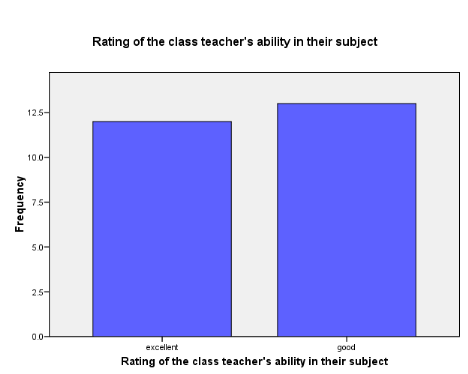
Figure 13 - The rating of the teacher's punctuality
for lessons
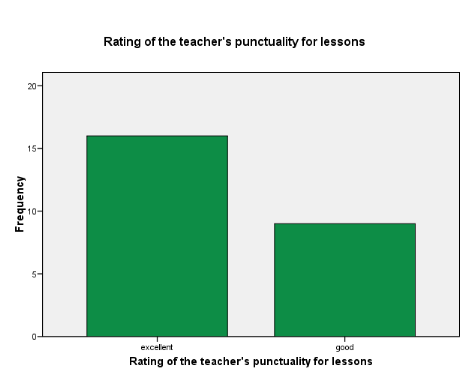
Figure 14 - The rating of the teacher's attendance at
school
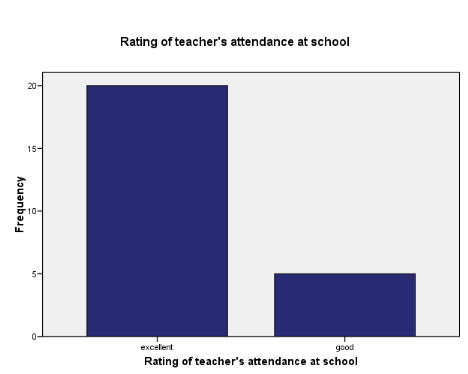
Figure 15: Teachers' fairness for students
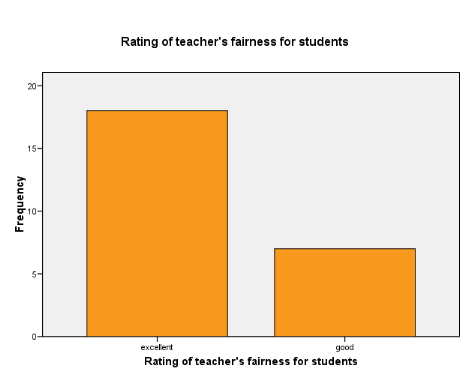
Figure 16 - The Rating of the school
buildings
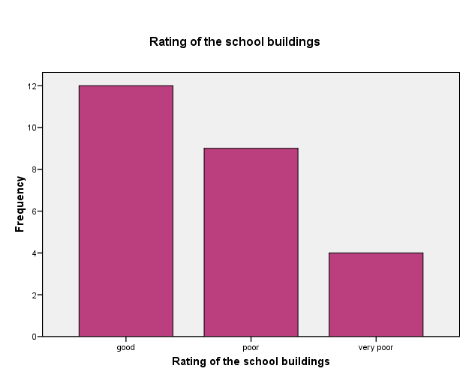
Figure 17- Rating of the
school facilities
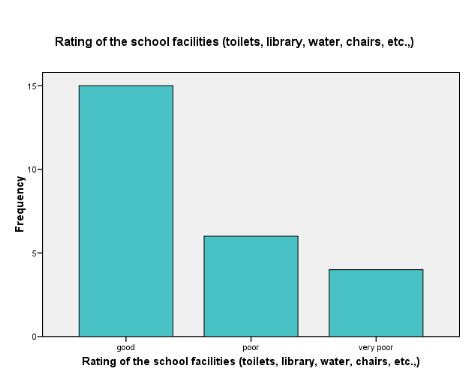
Figure 18 - Rating of English lessons correlated with
English scores
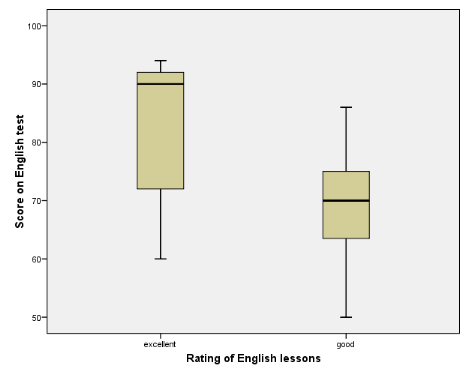
Figure 19- Rating of maths and maths
scores
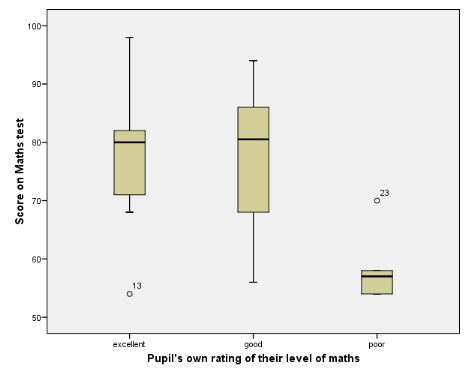
Figure 20 - English results by school
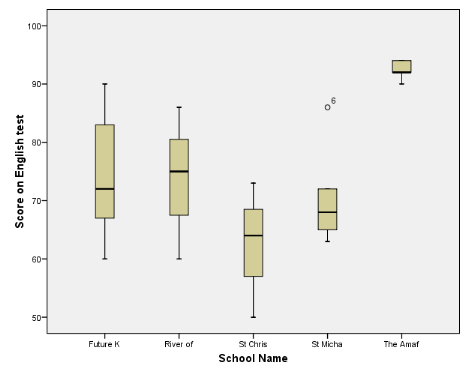
Figure 21 - Kiswahili means plot by
school
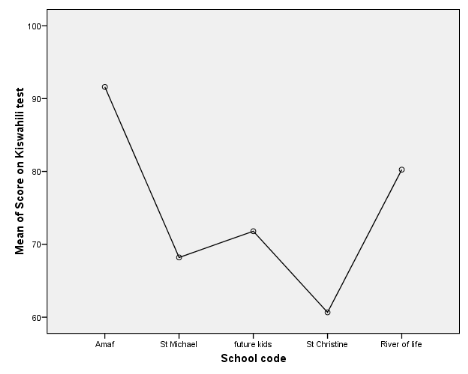
| 


